
That Awkward Moment When Your Brain Goes on Vacation…
Have you ever stood in the cereal aisle, staring at the wall of 57 varieties, completely unable to choose one? You know the feeling - your brain is simultaneously overloaded with options, yet eerily empty when it comes to making the final decision?
Now picture this: You're sitting at the head of the conference table at your office. Expectant faces are turned toward you, awaiting your decision that will guide their work for the coming months. And suddenly, your mind goes completely blank. The decision-making part of your brain seems to have taken an unscheduled vacation without you, leaving you stranded in a moment of pure, unadulterated panic. You fumble something out to the team, putting off that decision again.
If you're nodding along, congratulations! You've experienced the joy (aka panic) of decision paralysis—it's like the mental blue screen of death, but without a restart button. Whether you've been the deer in the headlights yourself or watched in silent sympathy as a colleague froze when all eyes turned their way, this leadership moment is as universal as it is uncomfortable.
It's Not Just You
After more than two decades in leadership positions, I can tell you that this mental freeze isn't a sign of incompetence—it's what happens when your brain decides to throw a tantrum under the pressure of your long list of responsibilities. The higher the stakes, the more likely your decision-making abilities are to pack their bags and ghost you completely.
According to Harvard Business Review research, decision paralysis stems from several common sources:
- Fear of making the wrong choice (and having to awkwardly explain it later)
- The relentless pursuit of the "perfect" solution (spoiler alert: like unicorns, it doesn't exist)
- Information overload that leaves you drowning in data and gasping for clarity
- Lack of clear decision criteria (when "eeny, meeny, miny, moe" starts looking like a viable strategy)
Anxiety: Your Brain's Unhelpful Backseat Driver
It’s terrible and fascinating how anxiety and decision paralysis dance together in a dysfunctional tango. At its core, anxiety is your brain in overdrive—thinking too much, too fast, and too catastrophically. When facing important choices, this mental acceleration kicks into high gear, making us desperate for help.
That’s productive, right? Wrong.
That same anxious overthinking impairs our ability to evaluate our options clearly. When we're anxious about a decision, research shows we become both more likely to seek advice AND less able to distinguish between the good and bad advice. Our brains are literally racing so quickly that they can't properly process the information being received. It's like trying to read a book while speeding down the highway at 90 mph—technically, you're looking at the words, but comprehension? Not happening. And it’s all a recipe for disastrous outcomes.
This anxiety-decision paralysis loop creates a perfect storm: You can't decide because your thinking is in overdrive, and your thinking stays in overdrive because you can't decide. It's the leadership equivalent of that frustrating Netflix buffering icon. Everyone is ready for the show to start, but now they're all awkwardly waiting while you are secretly panicking about your internet connection.
This brings us to this week's leadership code word: Detour.
Take a Detour When Your Brain Hits a Roadblock
When decision paralysis strikes, sometimes the best move is a strategic detour. Like a GPS recalculating after a wrong turn, your brain needs to find an alternative route to clarity.
Think of anxiety as your brain's rumble strips. Just like those grooves on the highway that vibrate when your car drifts out of its lane, anxiety is feedback telling you your thinking has gone into overdrive. Many of us believe there's something fundamentally wrong when anxiety hits—that the entire car needs a complete overhaul. But really, those rumble strips are just doing their job!
Anxiety is simply your "thinking too fast" check engine light. Nothing more, nothing less. It's not telling you to abandon the vehicle—just to slow down your thinking and get back in your lane. When you notice your mind racing through worst-case scenarios faster than most toddlers run from vegetables, that's your cue to pump the mental brakes.
Breaking Free From That Decision Quicksand
So, how do we deal with decision paralysis in leadership moments without faking a medical emergency to escape the room?
Here are some proven techniques - I bet some of these will help you out!
- Recognize the freeze: "Ah, there you are, decision paralysis, my old frenemy!" Naming it takes away some of its power.
- Slow down your thinking: Take deep breaths. Your best decisions rarely come when your thoughts are running around like caffeinated squirrels.
- Schedule big decisions for morning hours: Make important decisions when your brain is fresh, not when it's been through the mental equivalent of a marathon. Research shows our decision-making abilities decline throughout the day as we experience decision fatigue.
- Sleep on it: Giving your brain overnight processing time works wonders! When you actually slow down and sleep, your subconscious sorts through options, makes connections, and often delivers clarity by morning. It's not procrastination—it's strategic patience!
- Implement decision deadlines: "I will decide by 2 PM tomorrow or I will donate $50 to my least favorite political candidate." Nothing motivates like a little self-imposed blackmail!
- Filter your choices: Quickly eliminate options that don't align with your goals. Or as Marie Kondo might say, keep only the options that spark joy (or at least minimal dread).
- Remember that indecision is a decision: As research shows, more is lost through indecision than wrong decisions. A mediocre plan executed now usually beats a brilliant plan executed never.
When DIY Decision-Making Fails: Call in the Pros
Sometimes, chronic decision paralysis needs more than self-help strategies. If you find yourself perpetually stuck in the mud of indecision, it might be time to bring in a leadership coach who can be both your sounding board and your kick-in-the-pants.
A good leadership coach doesn't make decisions for you—they help you identify the hidden barriers keeping you stuck. They're like having a personal trainer for your decision-making muscles, someone who won't let you skip leg day (or tough decisions day).
In my work with overwhelmed leaders, I've seen how the right coaching relationship can transform chronic indecision into confident action. Sometimes, you just need someone in your corner who can look you in the eye and say, "You've got this—and if you don't decide by Friday, I'm going to keep asking about it until you do."
Your Leadership Challenge: From Paralysis to Progress
For your leadership challenge this week, identify one decision you've been avoiding longer than milk should stay in your refrigerator. Apply the steps above, set a deadline, and commit to making that decision. Then notice how it feels to move forward, even if the path ahead has more potholes than a Michigan highway in springtime.
Remember, the most effective leaders aren't those who make perfect decisions 100% of the time. They're the ones who make timely, confident decisions, learn from the results, and—when necessary—know how to gracefully say, "Well, that didn't work as planned, but watch how elegantly I pivot!"
So the next time you find yourself frozen in indecision—whether in the cereal aisle or the boardroom—remember to take a DETOUR. Your leadership rumble strips are just doing their job, and sometimes the scenic route leads to better destinations anyway.
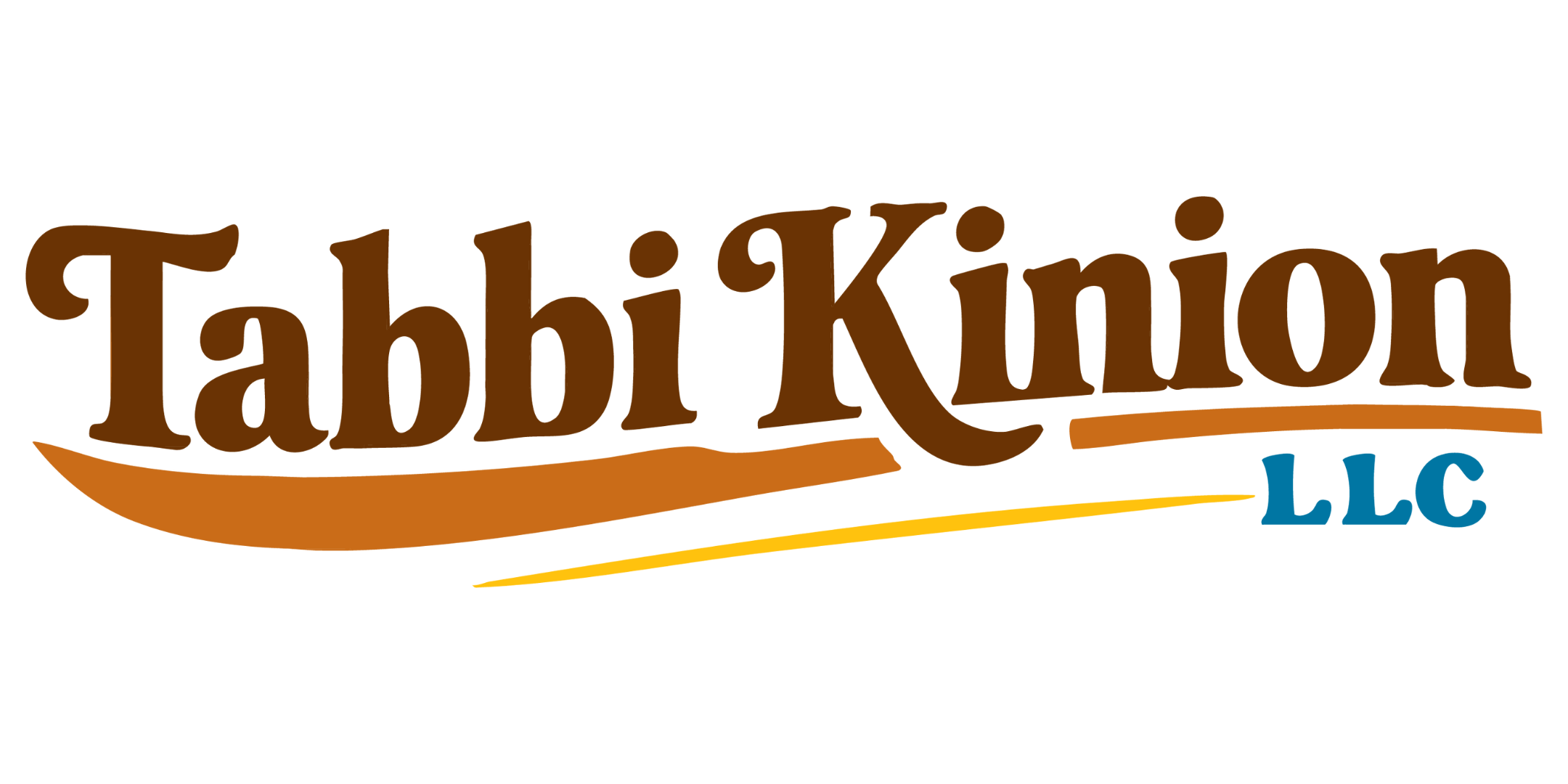

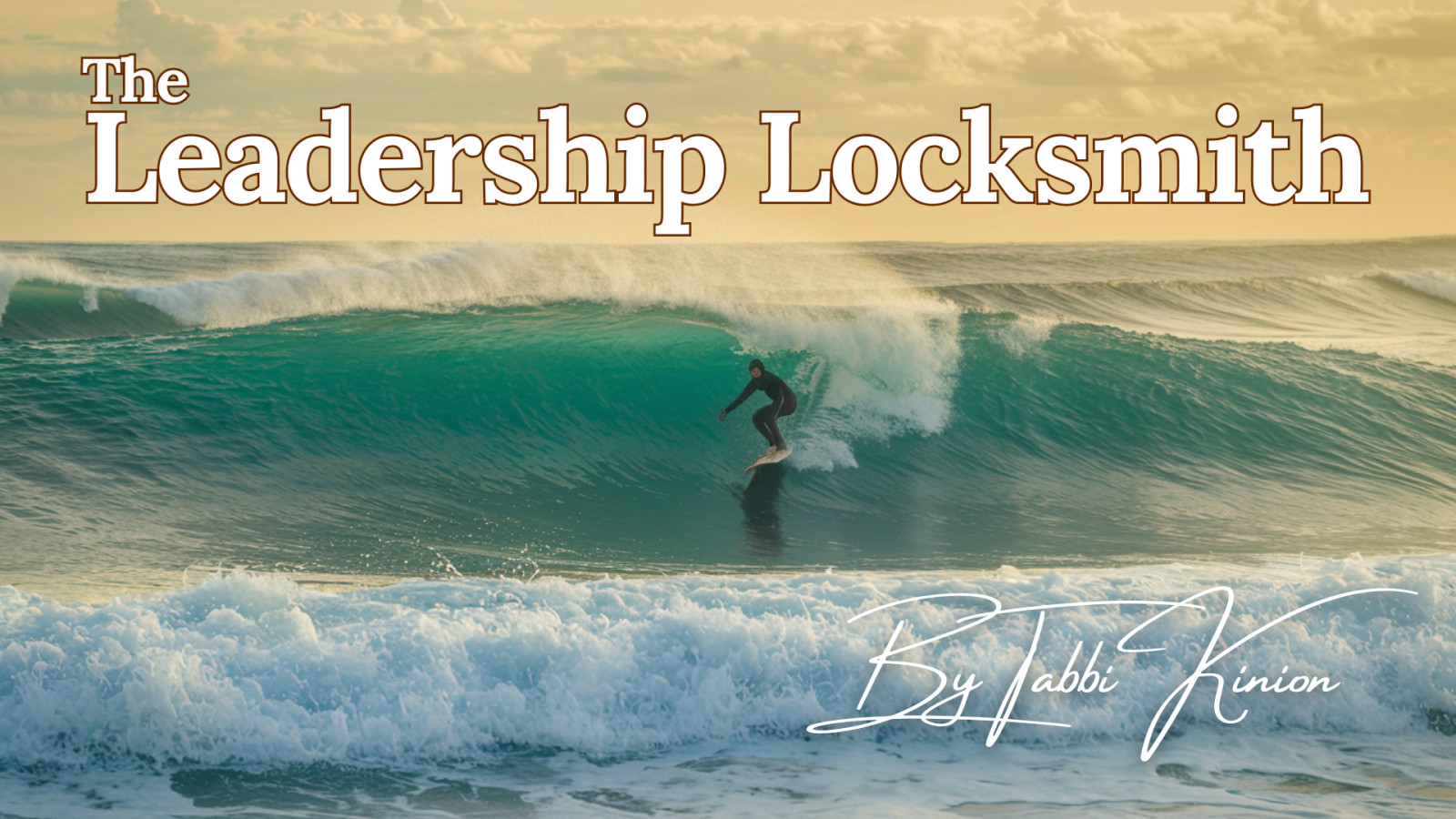

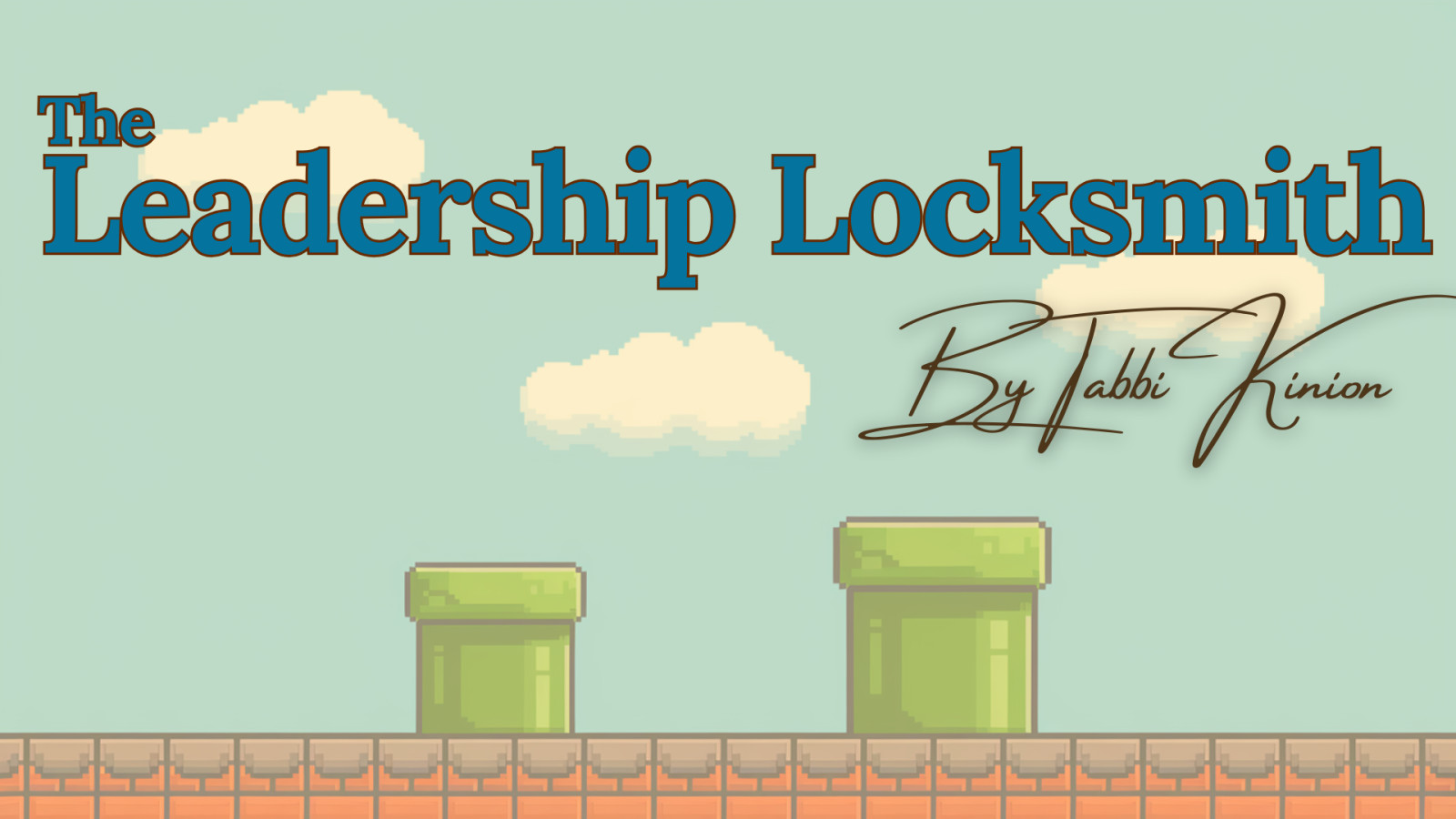
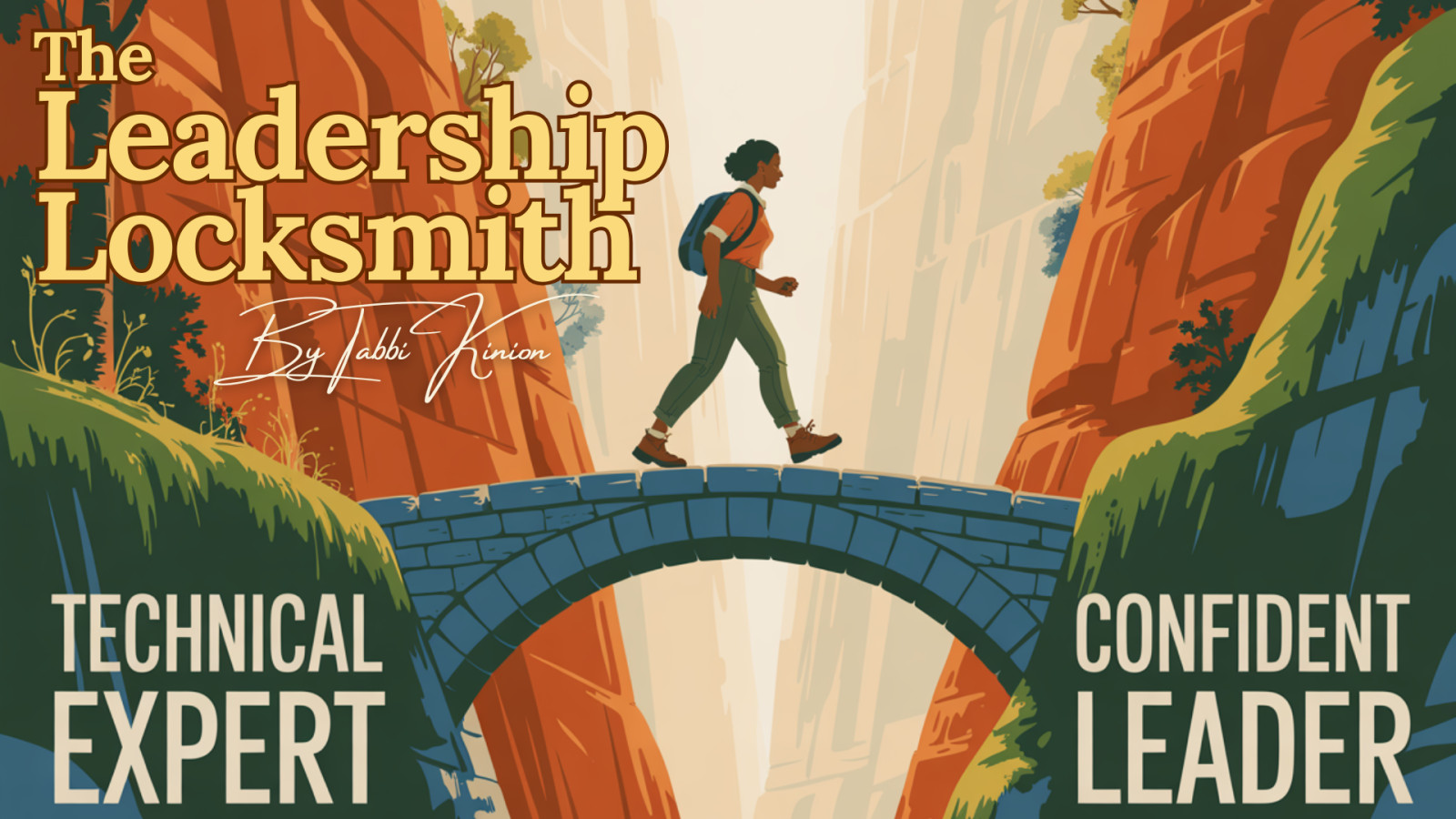

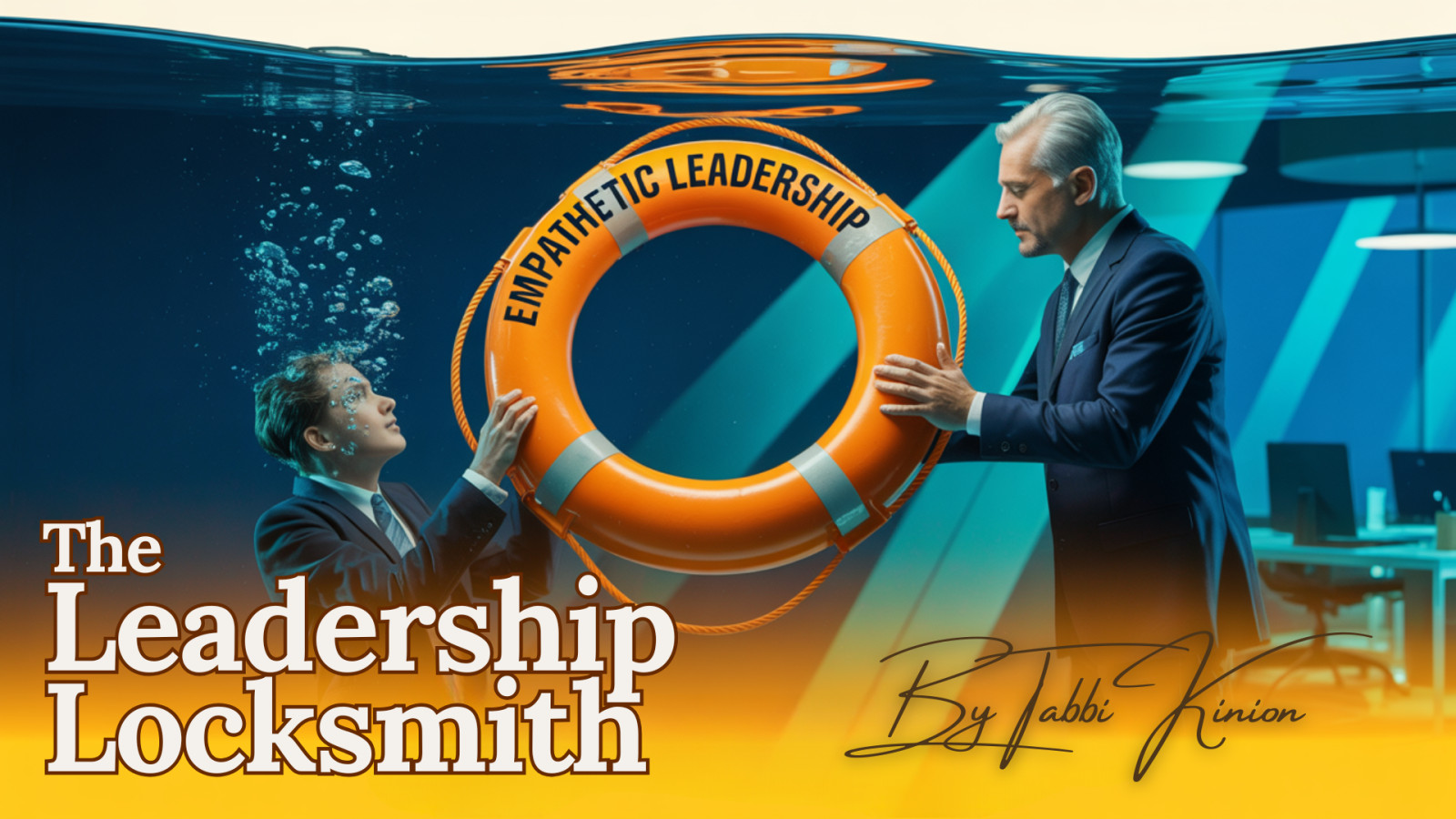












0 Comments